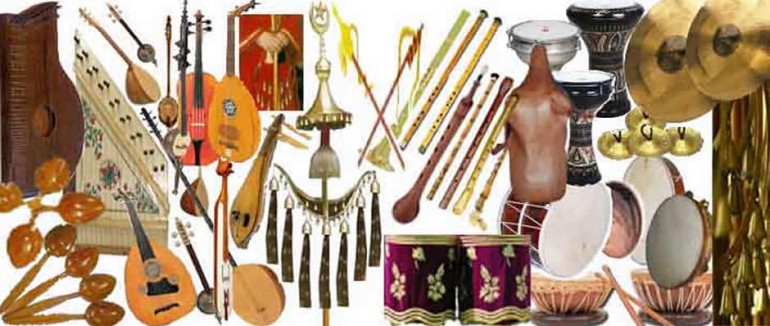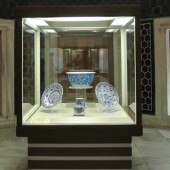Traditional and Modern Music
Music as a way of creative expression of societies has a very important place in the Anatolian culture as well.
Traditional music made with Turkish culture-specific instruments such as oud, zither, reed flute and bagpipe is one of the cornerstones of Anatolian music culture. With the development of music and technology within time different types of Turkish music have evolved.
Music
Western influence had already begun to be felt in Ottoman music towards the middle of the 19th century. These increased towards the end of the century, and led to efforts to change Ottoman music from monodic to polyphonic.
With the declaration of the republic in 1923, Cemal Reşid (REY), who was then studying music in Europe, returned to Turkey and began to teach at a music school established in Istanbul. At the same time, a number of talented young people were sent by the republic to various cities in Europe to study music. After they returned to Turkey, the group that would later be called ‘Türk Beşleri’ (The Turkish Five) and which prepared the groundwork for Modern Polyphonic Turkish Music, emerged. The common aim of the group was to use the traditional themes of traditional Turkish music together with the values of Western classical music that they had studied to produce a new polyphonic structure.
Turkish music evolved from the original folk form into classical through the emergence of a Palace culture. It attained its highest point in the 16th century through the composer “Itri”. Great names in Turkish classical music include “Dede Efendi”, “Hacı Arif Bey” and “Tamburi Cemil Bey”. It is a form that continues to be professionally performed and one that attracts large audiences. Turkish music, locally called Turkish Classical Music, is a variation of the national musical tradition, played with instruments such as the tambur, kanun, ney and ud.
Folk music has developed gradually over the centuries in the rural areas of Turkey. It is highly diversified with many different rhythms and themes. Musical archives contain almost 10,000 such folk songs. Turkish religious music, mostly in the form of songs, is centuries old and rich in tradition, embodied most perfectly by Sufi (Mevlevi) music.
The Turks were introduced to western classical music through orchestras, which were invited to the Sultan's Palace to celebrate occasions such as weddings. The great Italian composer, Donizetti, conducted the Palace Orchestra for many years. The first military band was founded in the 19th century. During the Republican era, the Presidential Symphony Orchestra, founded in 1924, and the Orchestra of the Istanbul Municipality Conservatory played a leading role in introducing and popularising classical music in Turkey. Turkish composers drew their inspiration from Turkish folk songs and Turkish classical music. Today, conductors such as Hikmet Şimşek and Gürer Aykal, pianists like İdil Biret and the Güher and Süher Pekinel sisters, and violinists like Suna Kan are internationally recognised virtuosos. Leyla Gencer was one of the leading sopranos of La Scala Opera, wildly acclaimed whenever she performed in her native Istanbul.
Sources: http://goturkey.com/









